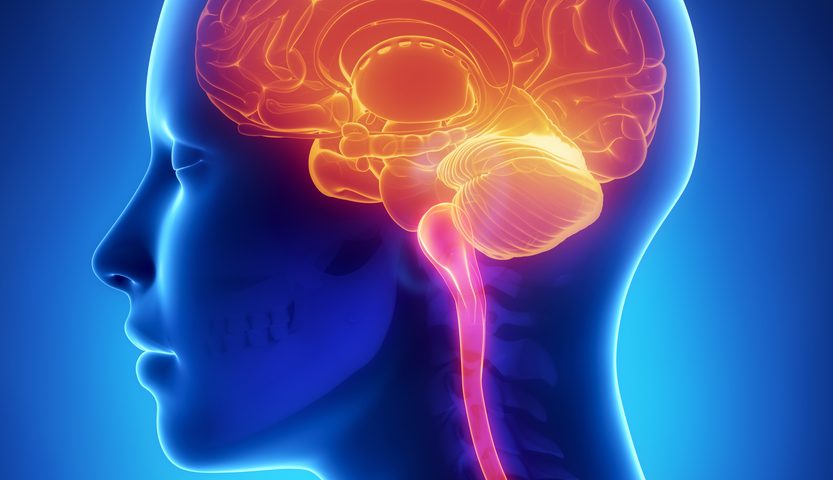Prenatal delivery of a gene therapy restored the production of glucocerebrosidase — the deficient enzyme in Gaucher disease — prevented nerve cell death, and prolonged survival in a mouse model of Gaucher disease type 2, a recent study shows.
Led by researchers at University College London, KK Women’s and Children’s Hospital, and National University Health System in Singapore, the study, “Fetal gene therapy for neurodegenerative disease of infants,” was published in the journal Nature Medicine.
Gaucher disease is caused by mutations in the GBA gene, which leads to insufficient levels of glucocerebrosidase (GBA), an enzyme that breaks down a fat molecule called glucocerebroside.
This deficiency leads to the buildup of glucocerebroside in several organs, ultimately affecting their function. While Gaucher disease type 1 — the most common form — does not affect the nervous system, type 2 and type 3 do lead to neurological symptoms and damage.
Type 2 Gaucher — also known as acute neuronopathic disease — is the most severe and lethal form of Gaucher disease. It manifests either before birth or in the first months of life, and leads to extensive and progressive brain damage.
Enzyme replacement therapy can ease the symptoms of milder forms of Gaucher disease, but has limited effectiveness in type 2 patients, since it cannot reach the brain to prevent related brain damage.
Additionally, increasing evidence has highlighted the need to start treatment as early as possible, especially in the disease forms that affect the brain.
Gene therapy, consisting of the delivery of a functioning copy of the GBA gene to cells — including brain cells — may solve these problems.
Previous research showed that a safe version of the adeno-associated virus serotype 9 (AAV9) could effectively deliver genes into the brain when injected directly into the brain of mice before birth or when injected into the blood of mice after birth. This means AAV9 could be a potential vehicle to transport and introduce the GBA gene into brain cells and treat Gaucher disease.
A collaborative effort between researchers in the U.K., Sweden, U.S., Singapore, and South Africa evaluated the therapeutic effects of an engineered version of AAV9 to transport and deliver the GBA gene into the brain of a mouse model of Gaucher disease type 2.
The researchers delivered AAV9-GBA directly into the brain (intracranial injection) of mice pups either before birth (prenatal) or right after birth (neonatal), or into the blood (intravenous injection) of pups right after birth.
This gene therapy was able to restore the activity of the GBA enzyme, prevent neurodegeneration, ease brain inflammation, and prolong the mice’s survival. While these mice normally survive only 15 days after birth, treated mice survived for at least 18 weeks and were able to move about normally.
However, prenatal therapy directly into the brain was more effective than neonatal intervention, supporting the idea that early treatment is key to preventing brain damage in Gaucher disease.
Researchers also found that while the intracranial injection was effective in treating brain damage, it did not ease non-brain symptoms. On the other hand, intravenous injection limited both brain and non-brain damage.
In a step toward clinical application, the team from Singapore tested the use of ultrasound-guided delivery of AAV9 vectors directly into the brain of nonhuman primates in the womb. The vectors carried a gene with the instruction to produce a fluorescent protein, allowing researchers to follow their distribution.
The method allowed the delivery of viral vectors to the developing brain and resulted in a widespread distribution of the fluorescent protein, suggesting that it could potentially work as a therapy for Gaucher disease in humans.
“This new approach will bring hope, not only for Gaucher disease, but also for other inborn errors of metabolism that can potentially be treated using fetal gene therapy,” Jerry Chan, PhD, one of the study’s authors and the senior consultant in the department of reproductive medicine at KK Women’s and Children’s Hospital, said in a press release.
The research team is now working with Apollo Therapeutics to further develop their gene therapy for Gaucher disease.


